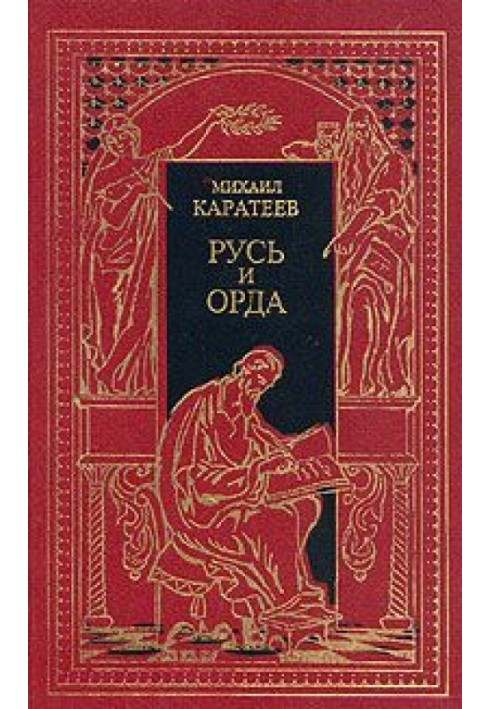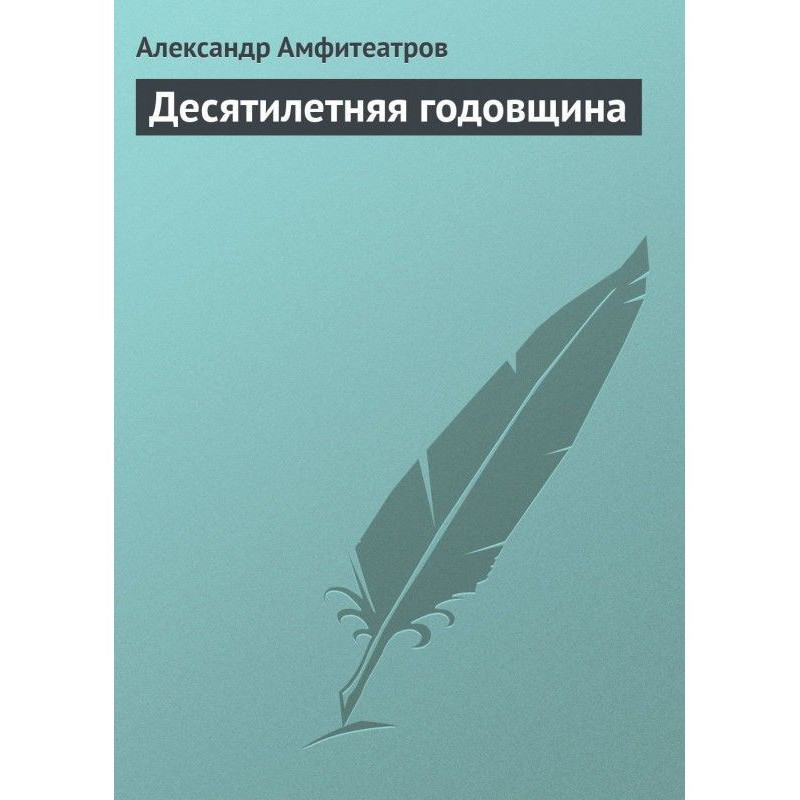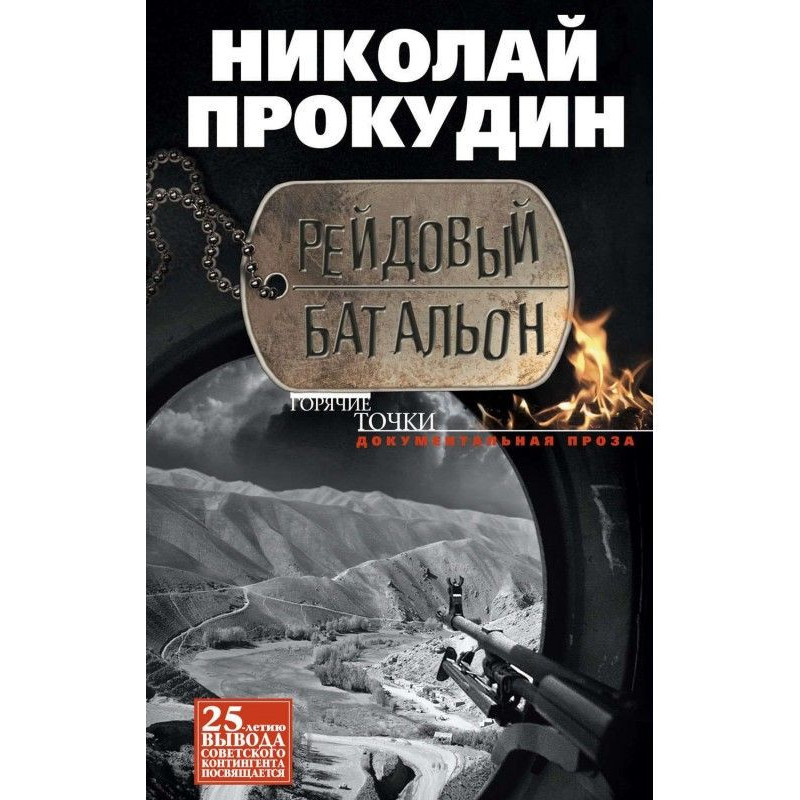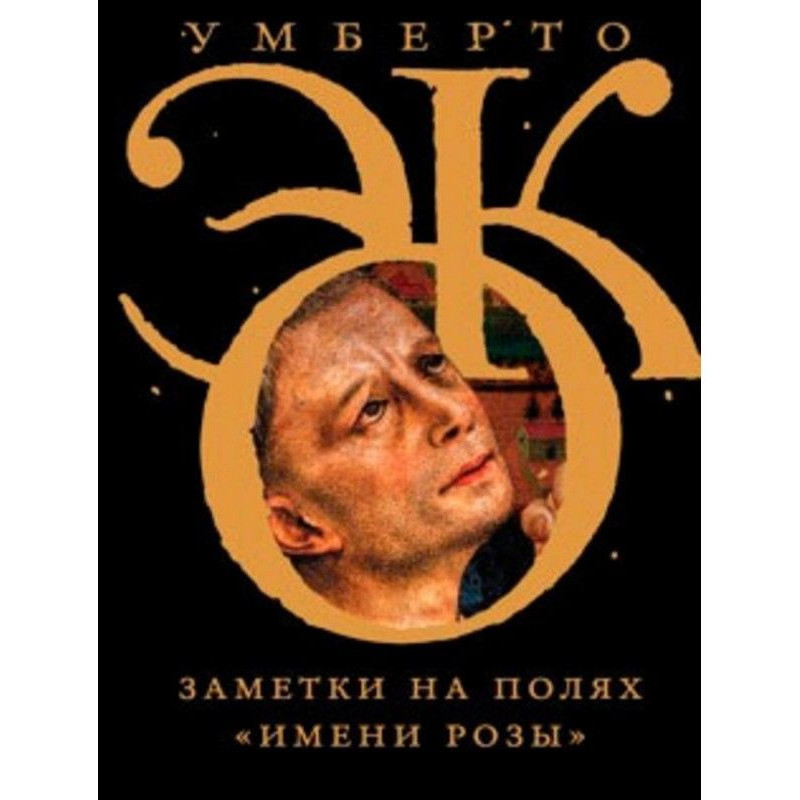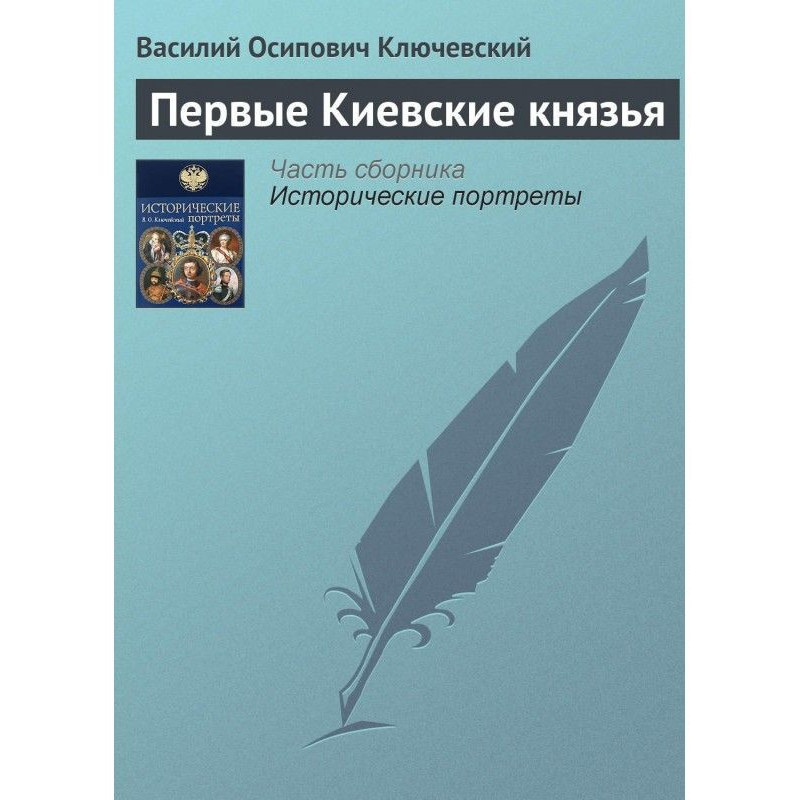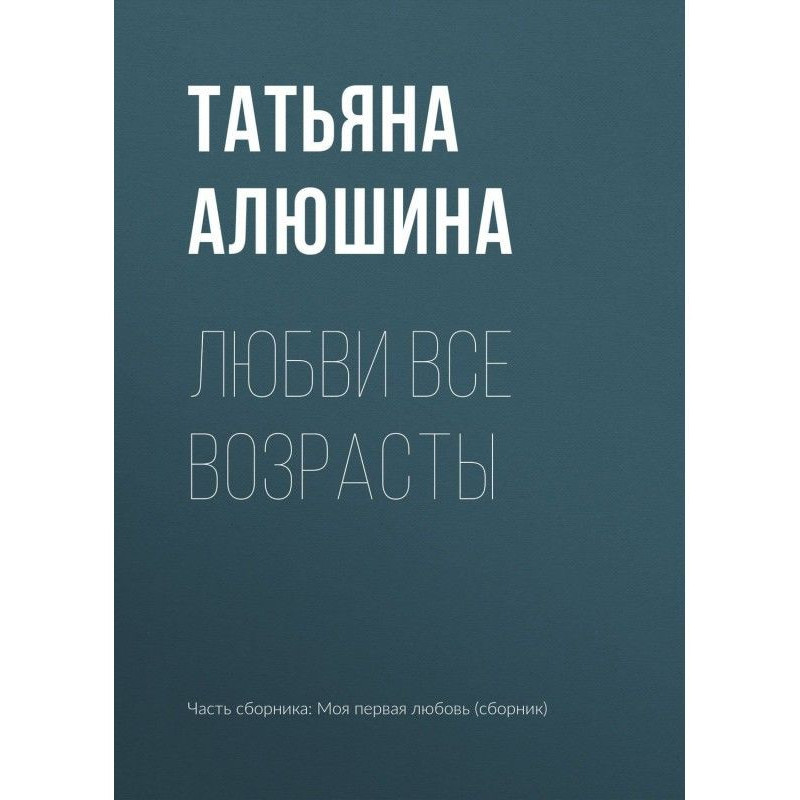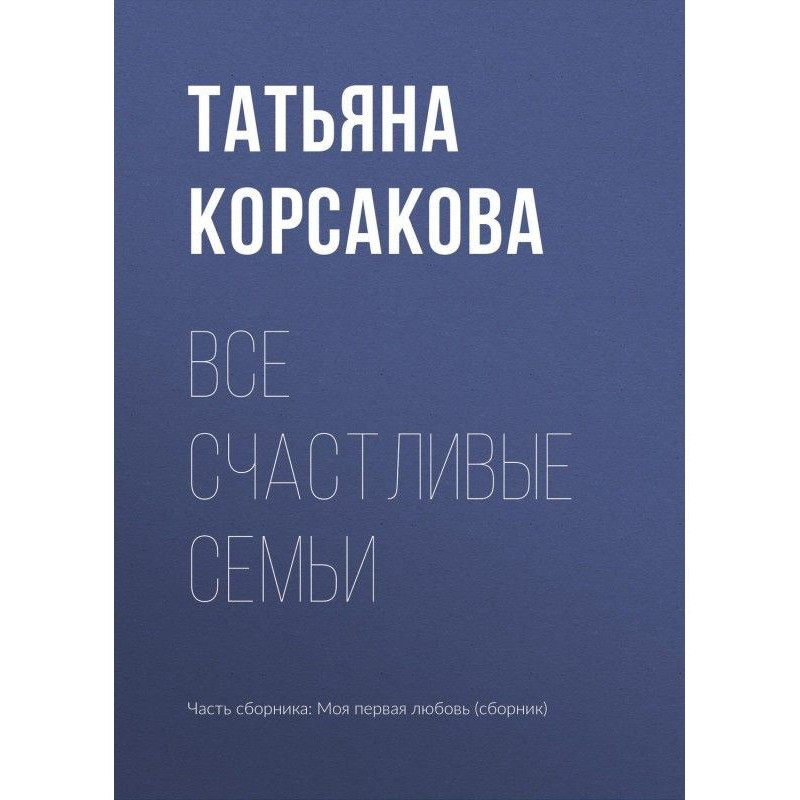Label of the Great Khan
 Instant download
Instant download
after payment (24/7)
 Wide range of formats
Wide range of formats
(for all gadgets)
 Full book
Full book
(including for Apple and Android)
In 1958, in Buenos Aires, at the expense of an author unknown in the literary world, the historical novel “The Label of the Great Khan” was published in a thousand copies, telling about the brutal civil strife of the Russian princes during the time of the Tatar-Mongol yoke, the victim of which became the young prince Vasily Karachevsky. However, few of the readers, mainly fellow countrymen, could remember that Karateev had already been published as an essayist and published documentary books about the fate of Russian emigrants in the Balkans and South America. Argentina (note, like the entire subcontinent) was considered, and probably not without reason, a kind of cultural province of the Russian diaspora. Although, as a result of the Second World War, at least two waves of repeated emigration - from China and the Balkans (with their centers in Harbin and Belgrade) - spilled out widely, from Australia to South America, Russian Paris still remained the literary capital (though noticeably weakened) and Russian New York (largely strengthened at his expense). Therefore, it was surprising that M. Karateev’s novel appeared in distant Buenos Aires, which evoked enthusiastic responses from critics and readers in those Russian diasporas where it could have ended up given the modest circulation...
Data sheet
- Name of the Author
- Михаил Каратеев Дмитриевич
- Language
- Ukrainian
Reviews
Вражаючий історичний роман, що переносить у часи татаро-монгольського ярма!
"Ярлик Великого Хана" - це не просто книга, а справжня подорож у минуле, яка дозволяє читачеві відчути атмосферу жорстоких міжусобних війн російських князів. Автор, М. Каратеєв, майстерно поєднує історичні факти з вигаданими подіями, створюючи захоплюючий сюжет, який тримає в напрузі до останньої сторінки. Молодий князь Василь Карачевський стає символом боротьби та стійкості, а його доля змушує задуматися про ціну влади та зради. Незважаючи на те, що роман був виданий у 1958 році в Буенос-Айресі, його актуальність і сьогодні вражає. Якість перекладу, хоча й має деякі недоліки, не заважає загальному сприйняттю твору. Рекомендую цю книгу всім, хто цікавиться історією Росії та любить глибокі, емоційні оповіді!

